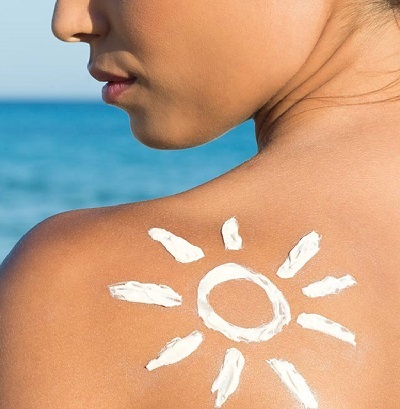Sunscreen and Skin Care
June 12, 2019 in General
by: Sarah C. Ilumin
For most of the year, sunscreens spend their days at the back of a cabinet somewhere, tucked away until the first signs of summer appear.
But did you know that even during the colder months, sunscreen should be used as part of your regular skin care regime?
During the winter, the snow on the ground reflects back the sun’s rays on to us. Autumn and Spring months can still cause sunburns (especially for those who spend a lot of time outdoors) if you have prolonged exposure to the sun.
Because the sun does not discriminate on age, gender, or skin type, regular application of sunscreen throughout the year becomes a protective measure against damaging the skin from the sun’s powerful rays, and lessens the chance of developing skin cancer in adulthood.
The sun’s harmful ultraviolet rays, come in two forms – UVA and UVB rays. UVA rays are the rays most commonly associated with skin aging. This type of ray is what’s been known to cause premature aging, fine lines, wrinkling and age spots. UVA rays have the ability to pass through glass, so that even when you’re inside your car driving, or sitting in front of a window with the blinds open, your skin becomes susceptible to exposure.
Although UVB rays cannot pass through glass, UVB rays - just like UVA rays - are both carcinogens, and therefore choosing the right type of sunscreen is important in protecting your skin. Investing in an all-natural sunscreen that offers broad-spectrum protection from both types may seem like a pretty penny, but is most definitely worth it. Your skin will thank you for it!
Some make-up creams and powders come with the added benefit of SPF protection in them, but if they don’t (or if it's not enough, it’s always wiser to apply sunscreen anywhere your skin might be exposed to the sun.
Some basic guidelines when choosing and applying sunscreen:
Last but not least, make sure to dispose of sunscreen as per its indicated expiration date, or if you notice any changes in its color and/or consistency, in order to reap its intended benefits for safety usage.



